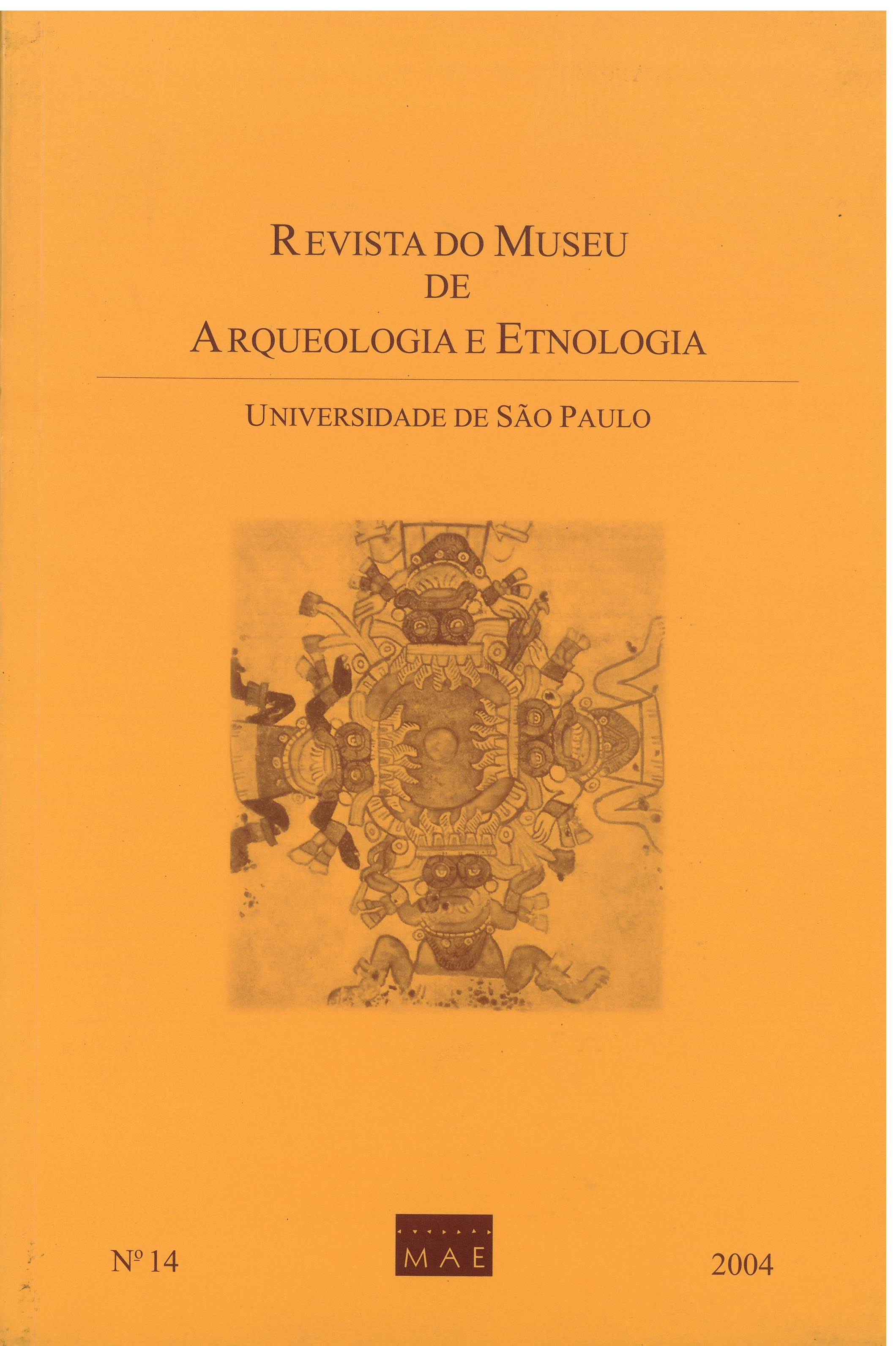The Mexica codices: figurative resources in contribution to pictographic writing
DOI:
https://doi.org/10.11606/issn.2448-1750.revmae.2004.89670Keywords:
Mesoamerican codices, Mexica, Nahuas, Pictography, Mesoamerica, XVIth century, Writing systems, History of Indigenous America, History of Colonial America.Abstract
The figurative criteria of Western art have been inadequately employed in the analysis of the mixteco-nahua manuscripts, as well as the principles of alphabetic writing. In this kind of analysis, generally, the images and glyphs are seen as a result of societies that had not fully developed the writing or the painting art, because they hadn’t an alphabetic writing or a realistic reproduction of the world in the painting. However, were these the objectives of the Mesoamerican tlacuilos? What were the priorities that directed the production of images and glyphs? In the nahua codices of the 16th century we can find two figurative resources that can help us to resolve these questions. This essay will analyse the presence of these figurative resources in three Mexica codices: the Borbónico, the Vaticano A and the Magliabechiano. The central aim will be to demonstrate that such resources were governed by semantic priorities of the mixteco-nahua writing.Downloads
Download data is not yet available.
Downloads
Published
2004-12-09
Issue
Section
Articles
License
Copyright (c) 2004 Eduardo Natalino dos Santos

This work is licensed under a Creative Commons Attribution-NonCommercial-NoDerivatives 4.0 International License.
How to Cite
SANTOS, Eduardo Natalino dos. The Mexica codices: figurative resources in contribution to pictographic writing. Revista do Museu de Arqueologia e Etnologia, São Paulo, Brasil, n. 14, p. 241–258, 2004. DOI: 10.11606/issn.2448-1750.revmae.2004.89670. Disponível em: https://www.journals.usp.br/revmae/article/view/89670.. Acesso em: 19 may. 2024.













